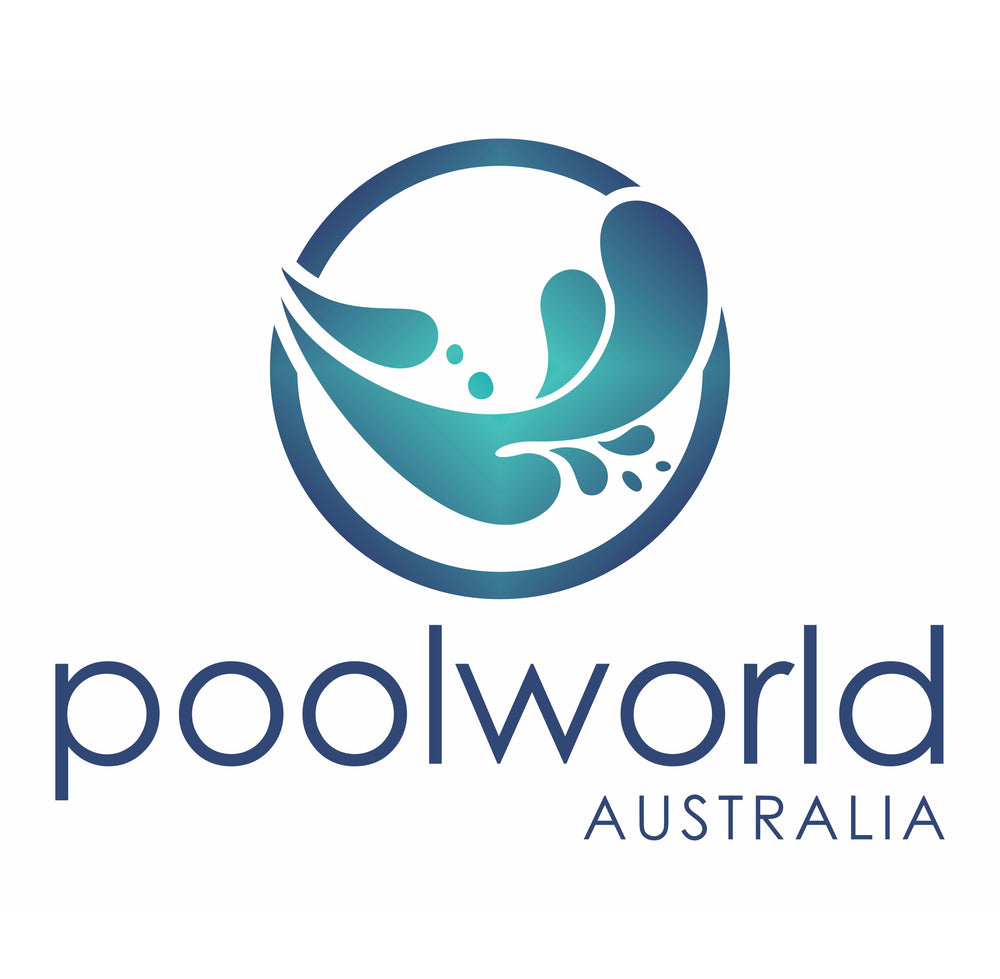Dealing with a Chlorinator Low Flow Cell Gas Error
A chlorinator is a vital component in maintaining clean and safe pool water by consistently distributing chlorine. However, encountering a "Low Flow or Cell Gas" error on your chlorinator can be frustrating and disrupt your pool maintenance routine. Understanding the causes behind this issue and knowing how to address it promptly can help you keep your pool water properly sanitized and enjoyable throughout the swimming season. Here’s a detailed guide on dealing with a chlorinator low flow/ Cell gas error:
Understanding the Low Flow / Cell Gas Error
Cell gas - no flow error: This is an important safety feature as a build-up of chlorine gas in the cell housing can be dangerous.
If your system will not run for more than 2 minutes, try the following to test whether your cartridge in your filter is causing the issue.
-Remove cartridge from filter, replace lid of filter into position.
-Turn on system and run for a few minutes. If the system does not shut down due to cell gas/low flow, then your cartridge either needs a good clean or replacing as it is blocking the water flow, causing a gas build up in the cell housing.
To test the pump is fully operational.
Plug the pump GPO directly into wall power point to bypass the chlorinator. This will test the pumps functionality. Please leave in for at least 5 minutes to allow the pump to change to Low speed (if applicable)
A chlorinator low flow error typically indicates that the flow of water passing through the chlorinator is insufficient for it to operate effectively. This issue can arise due to several factors, each requiring specific attention and troubleshooting steps to resolve.
General Common Causes of Low Flow / Cell Gas Error:
Clogged or Dirty Filter:
A clogged or dirty pool filter restricts water flow, preventing adequate circulation through the chlorinator.
Regularly clean or backwash your pool filter according to manufacturer instructions. Ensure the filter is free from debris, which can impede water flow and trigger the low flow error. See below for additional information in bold
Blocked or Restricted Plumbing Lines:
Blockages or restrictions in the plumbing lines leading to the chlorinator can reduce water flow.
Inspect the plumbing lines for any obstructions, such as debris or mineral deposits. Clear any blockages and ensure the lines are free from restrictions that could hinder water flow.
Air Bubbles in the System:
Air bubbles can disrupt water flow through the chlorinator, triggering a low flow error.
Check for air leaks in the plumbing connections leading to the chlorinator. Tighten loose fittings or replace damaged seals to eliminate air ingress. Properly prime the pump to remove air from the system.
Chlorinator Sizing and Installation Issues:
Improperly sized chlorinator or incorrect installation can lead to inadequate water flow through the system.
Ensure the chlorinator is correctly sized for your pool’s volume and flow rate. Follow manufacturer guidelines for installation, including proper positioning and connection to the pool’s plumbing system.
Pump or Motor Issues:
Malfunctioning pool pump or motor can result in reduced water flow, affecting chlorinator performance.
Check the pool pump and motor for any signs of damage or malfunction. Ensure the pump is operating at the recommended speed and capacity. Repair or replace components as necessary to restore proper water circulation.
Steps to Resolve a Low Flow Error:
Check System/Filter Pressure:
Monitor the pressure gauge on your pool filter system. A significant increase in pressure could indicate a clogged filter, prompting a low flow error. The most common cause of the low flow / cell gas error is a cartridge filter not adequately cleaned. A useful tip is to remove the cartridge from the filter shell. Replace the lid and try running the system If the error disappears this indicates either the cartridge needs a good clean or replacing.
Inspect Chlorinator Settings:
Review the chlorinator settings to ensure they are configured correctly according to your pool’s requirements and manufacturer guidelines.
Perform Regular Maintenance:
Implement a routine maintenance schedule for your pool equipment, including the chlorinator, pump, and filter. Regularly clean and inspect these components to prevent issues that could lead to a low flow error. Be sure to remove any debris from your skimmer and pump baskets to enable the water to flow freely.
Consult a Professional:
If troubleshooting steps do not resolve the low flow error, consider consulting a pool maintenance professional or the manufacturer for expert assistance. They can provide specialized diagnostics and repairs to address underlying issues effectively.
Dealing with a chlorinator low flow error requires systematic troubleshooting and proactive maintenance to ensure optimal performance of your pool equipment. By understanding the causes behind this issue and taking appropriate steps to resolve it, you can maintain clean, clear, and properly sanitized pool water for your enjoyment and relaxation. Stay proactive, stay informed, and enjoy a hassle-free swimming season with your well-maintained pool!


